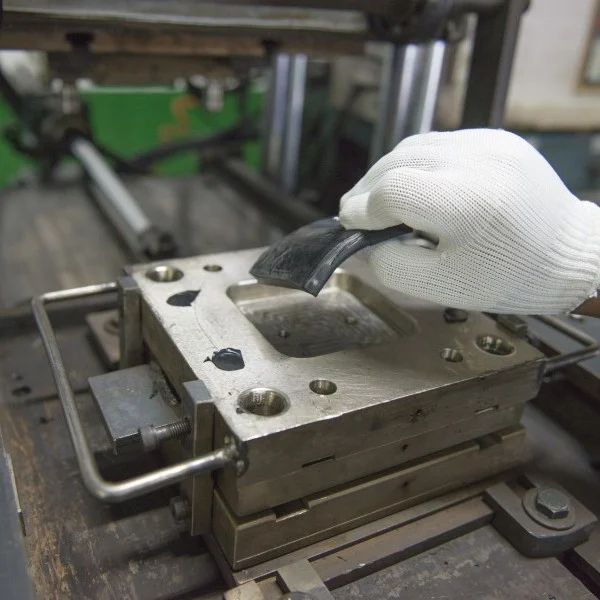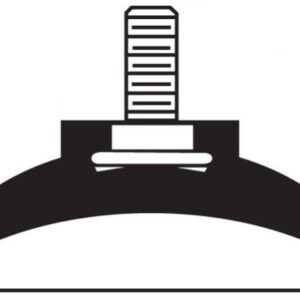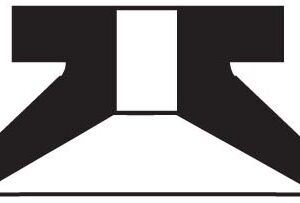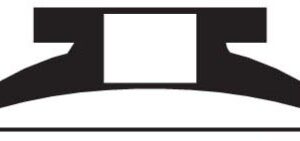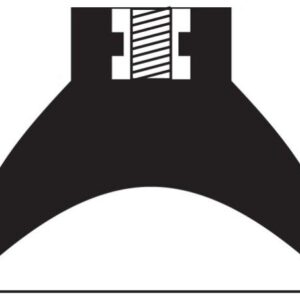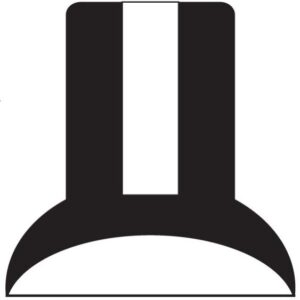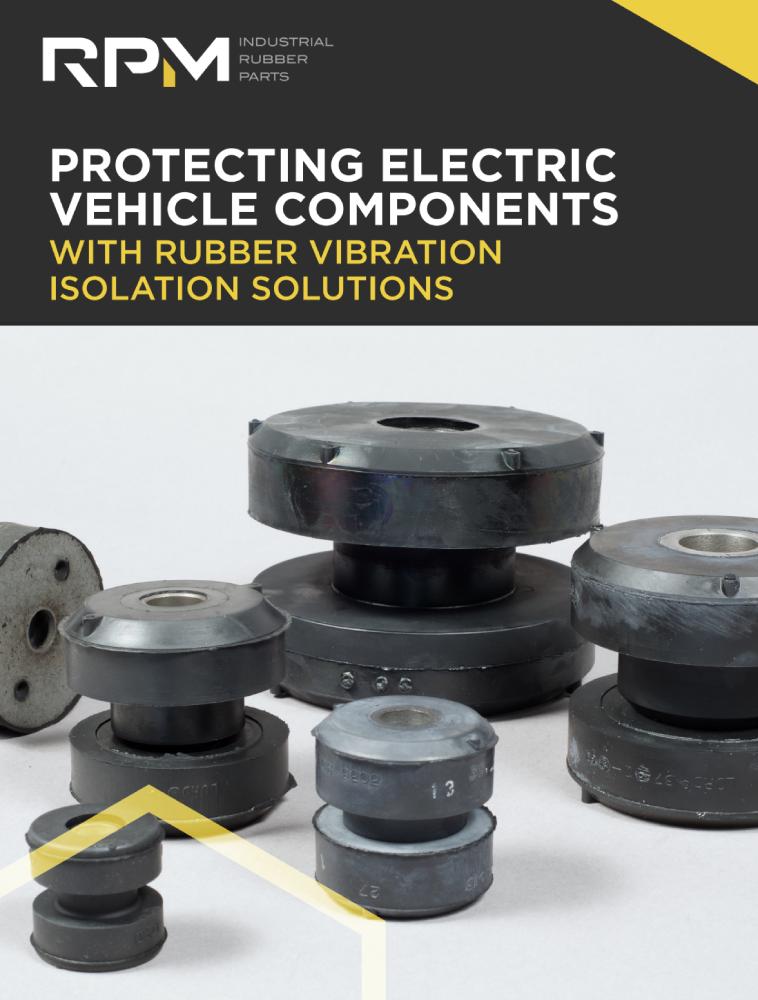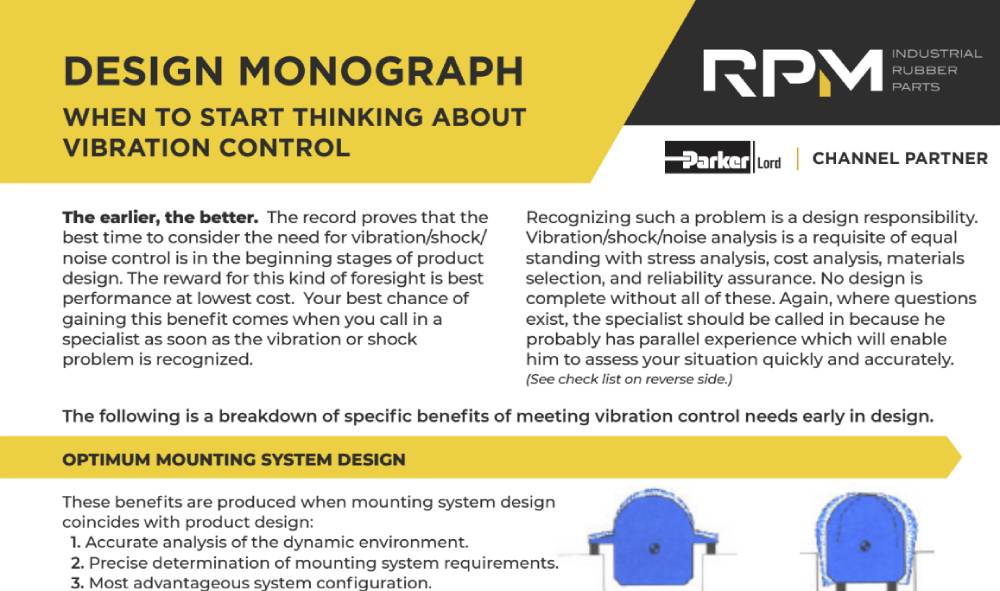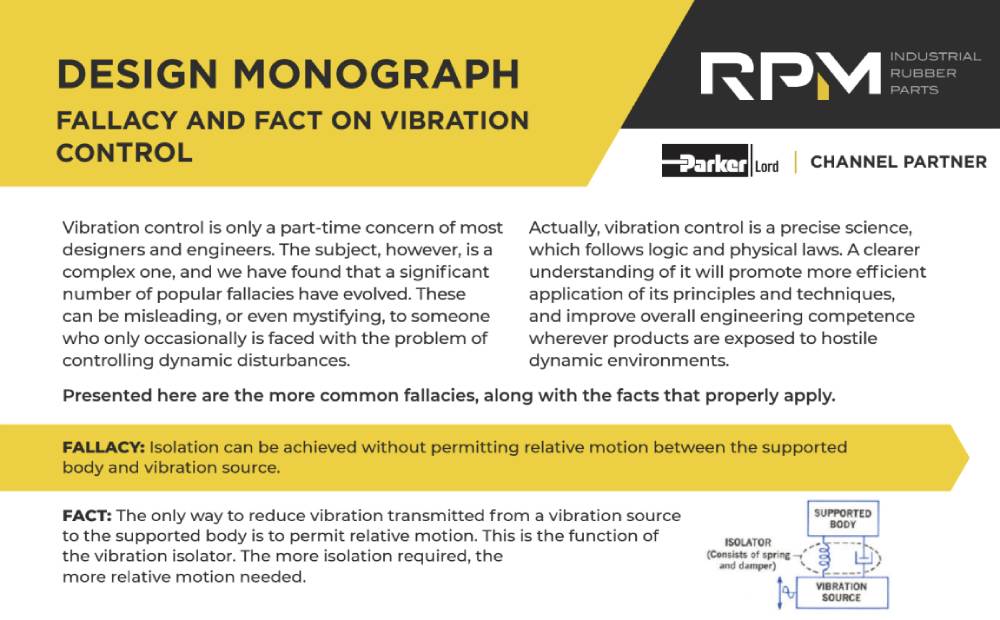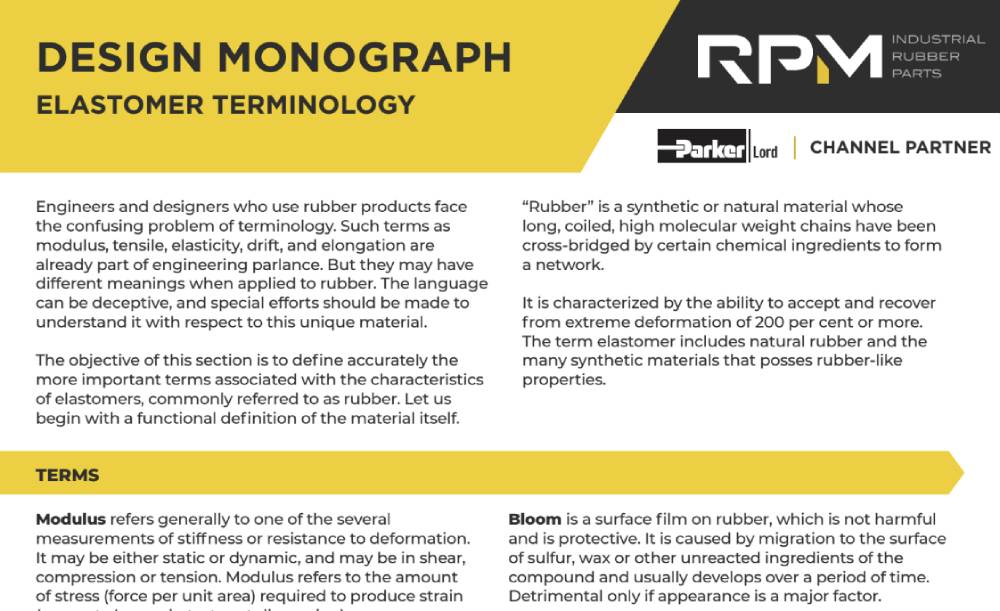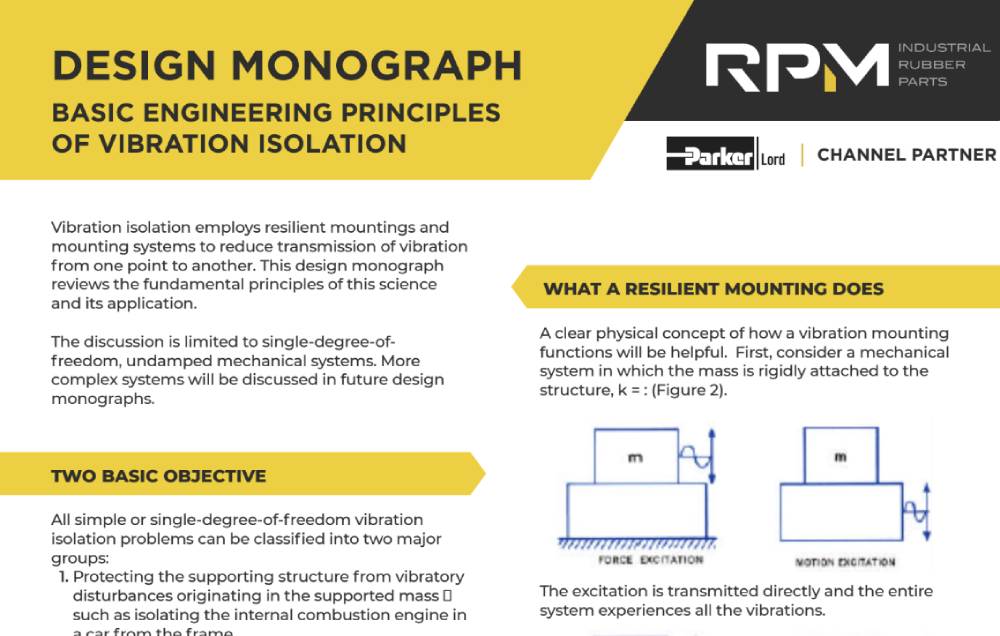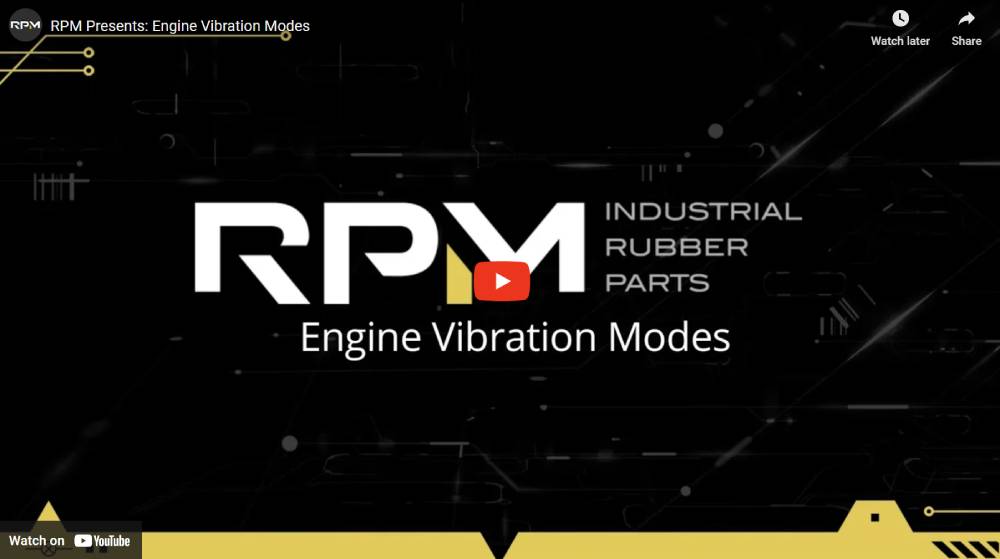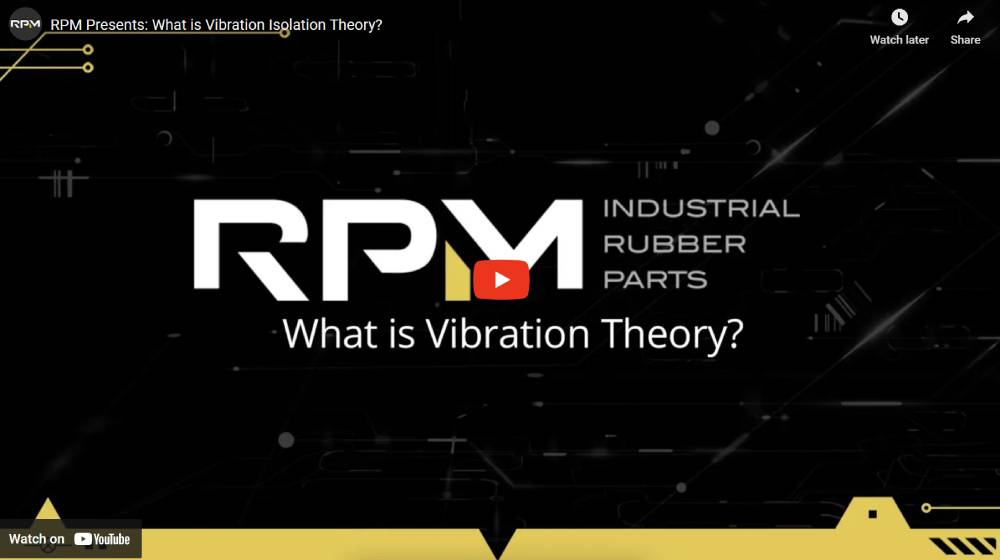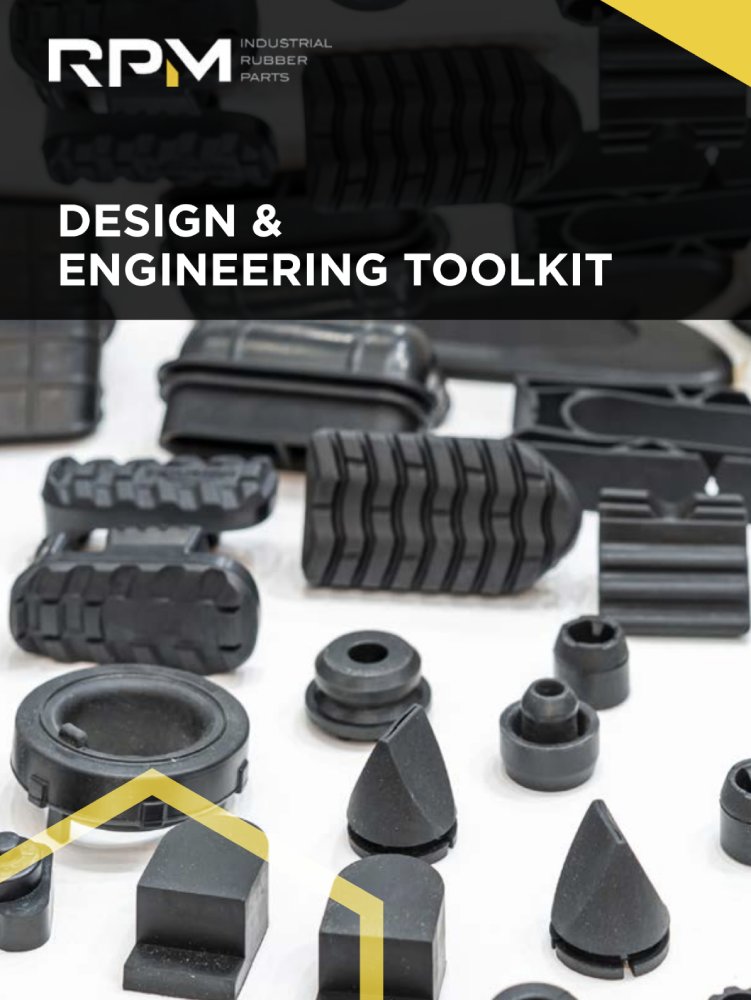Regardless of the product being manufactured, it will occasionally have defects. That’s because no manufacturing process that involves a lot of calculations and variables is foolproof. However, precision matters more in some industries than others, especially when the part is expected to perform seamlessly within a larger system.
Across sectors, rubber parts play a key role in reducing noise, vibration, and harshness in the high-functioning machines that power global businesses. Rubber is a vital component used in many everyday products and tools, and we rely on their strength, durability, and elasticity to power our world. As a result, they need to function as intended.
Even when a manufacturer does everything right, aesthetic defects in the compression molding process can occur. However, you can greatly reduce the potential for critical deformities by working with an experienced manufacturer like RPM Industrial Rubber Parts. Keep reading to learn more about the most common compression molding defects and why choosing the right manufacturer can make all the difference.
Why Do Defects Happen?
When it comes to rubber compression molding, the concept is simple: Two giant metal presses squeeze down on a chunk of rubber, forcing it to fill a tooled out cavity. Although the idea is easy enough to understand, the process itself requires numerous calculations and tremendous forethought by the designers and engineers.
To create a molded rubber part, manufacturers must tool out the mold cavities to meet specific dimensions. They calculate vital characteristics and requirements, including flexibility, pressure, weight, thermal decoupling, vibration dampening, and mechanical properties.
In addition to practical calculations, the manufacturers should also consider how their choices will affect cost.
As you can see, there are a number of variables to consider in the rubber compression molding process. Despite its relative complexity, major defects are not generally an issue among industrial parts manufacturers. When defects do occur, they are typically caused by one of a few common issues.
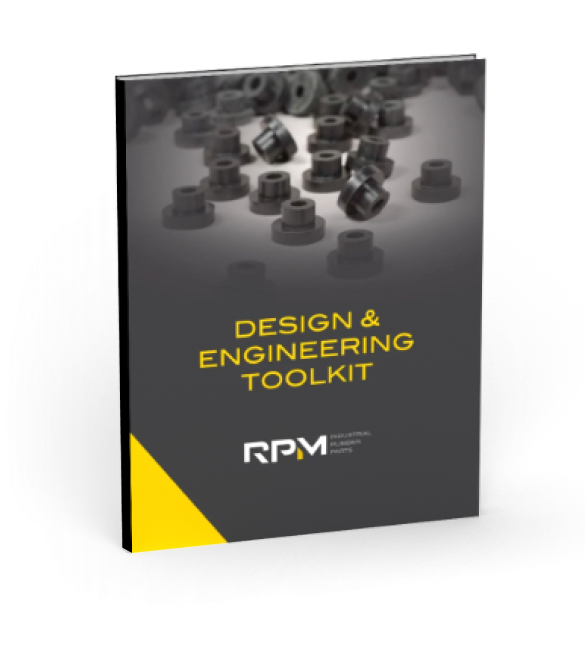
Do you really know everything about designing with rubber parts?
Get a free and valuable resource for finding or custom designing the exact part you need.
Incomplete Cavity Fill
To achieve the intended part, the rubber must fill the entire cavity during the molding process. When an incomplete cavity fill (sometimes called a “short shot”) occurs, the part doesn’t reach its intended dimensions. This error is typically caused by restricted flow of the rubber material, which can happen for several reasons, including the following:
- Complex flow paths
- Inadequate venting, which results in gas buildup
- Low temperatures
- Insufficient rubber material
Incomplete cavity fills are among the most common causes for mold defects in both compression and injection molding. Manufacturers can remedy the situation by tweaking the melt or mold temperature, eliminating air traps, and changing the flow path, material, and more.
Elastomer Fillers
Rubber manufacturers commonly add elastomer fillers to their rubber, which serves multiple functions. Fillers can enhance the physical properties of rubber composites and add special characteristics like color or impermeability. They can also reduce cost to the manufacturer, which makes them an appealing addition.
Common elastomer fillers include paraffin waxes, recycled rubber filament, and carbon black. Although fillers can lower costs, adding too much filler can also reduce the quality of a rubber part. When improperly mixed in, some fillers can reduce tensile strength and contribute to cracking, holes, and other defects.
Improper Cure
Vulcanization, which is also called curing, is the heating process that rubber undergoes to achieve qualities like elasticity, tensile strength, hardness, weather resistance, and more. Vulcanization is a critical process, and improper curing can result in a number of adverse structural and surface-level outcomes.
If a manufacturer doesn’t heat the mold properly, they may undercure or overcure an elastomer. This can result in defects like excessive softening, tearing, porosity, and more. Improper cure can adversely affect a part’s physical properties, such as strength, flex, and aging resistance.
The vulcanization process is different for each elastomer, so determining the ideal cure for a particular part largely depends on the material being used. In addition to elastomer type, manufacturers should consider external factors such as environment and season when curing rubber, as outdoor conditions can also affect the outcome.
Compression Molding Defects
FoInnumerable factors can cause molded rubber parts to have defects. However, many of them relate to incomplete cavity fill, elastomer fillers, and improper cure. In addition to those already discussed, mistakes in the compression molding process can result in the following superficial defects:
- Blisters, which are typically caused by improper cure or moisture
- Chips, which can be caused by rough handling, mold defects, and poor tooling
- Discoloration, resulting from improperly mixed pigments or contamination
- Shrinkage, which can be caused by cavity shape, improper cure, and more
- Flow lines, typically caused by excess heat
- Short moldings are commonly caused by insufficient material charge, low pressure or closing speeds, and poor distribution of material
Choosing the Right Rubber Parts Manufacturer
A high-quality rubber part can improve the functionality of your product, decrease product failures, and can even increase revenue. That’s why it is extremely important to choose your manufacturer wisely, even if you’re only ordering standard rubber parts.
An experienced rubber manufacturer is less likely to produce a defective product, but defects aren’t typically the primary concern in industrial manufacturing. Many companies are more concerned with finding a manufacturer that can meet deadlines amid supply chain issues and work with them on production logistics.
At RPM Industrial Rubber Parts, we pride ourselves on producing superior products that meet the design specifications and functional requirements outlined by our clients. We also take cost and affordability into account with every project and can help you accurately weigh the pros and cons of material choice, process, and design.
If you value quality, communication, and dependability, RPM Industrial Rubber Parts has the expertise you’re looking for.
To get in touch with our team at RPM Industrial Rubber Parts, give us a call at (888) 842-5668 or contact us online.
Related Resource
The Engineer’s 7-minute Guide to Rubber Molded Parts
Our free resource is a quick-reference guide to help you determine if exploring a rubber part is right for your application.









